There is practical information essential for planning a trip to Paris in 2024. This includes tips and details you NEED to know.
This is in addition to the fun parts of trip planning we covered in How to Plan a Trip to Paris in 2024: What to Know Before You Go.
Below I will cover everything we considered and looked into for our summer 2024 trip to France. Including links to my top resources.
I did the research so you don’t have to.

Language
French is the official language of France. This may be a bit obvious, but important to know nonetheless. It’s also important to note that unlike some other countries where English is also widely spoken or catered to, that’s not always the case in France.
This isn’t to say that English isn’t spoken at all. About 24% of the population in Paris speaks English. Particularly younger generations. In the more touristy towns and cities you are able to get away with speaking English in many hotels, restaurants, and shops.
It’s been said that Parisians do not like speaking English. So It is wise to learn at least a little bit of French. You can download a translator app or carry a French phrasebook with you.
At the very least, a simple “bonjour” goes a long way. On that note, you should start any and all interactions with “bonjour”. A simple hello greeting shows respect.
I had grand plans on brushing up on my rudimentary French skills (Canadian here). My plan was to use Duolingo, consult my French phrasebook, and a 15+ year old textbook. The closest I’ve gotten so far is reading my phrasebook outloud to Luke in our spare time. Wish me luck in Paris.
Money, Honey
Ah, money. The thing that makes this whole trip possible. That may be the key piece of practical information you need for Paris.
I am of two minds when it comes to cash vs. card. On the one hand, I don’t like cash. I don’t want it. As soon as I have it I spend it. Not because I can’t control myself. I spend it because I don’t want it. Give me a cool, hard, piece of plastic card any day.
On the other hand, when traveling, you often need to carry a bit of cash with you. There may be places that only accept cash. Machines could be down. You may need to tip someone. Carrying cash is a smart idea.
But then comes the question of what currency do you need, where do you get it from, and how much to bring.
The official currency in France is the Euro. The Euro is accepted in most European countries (20 out of 27).
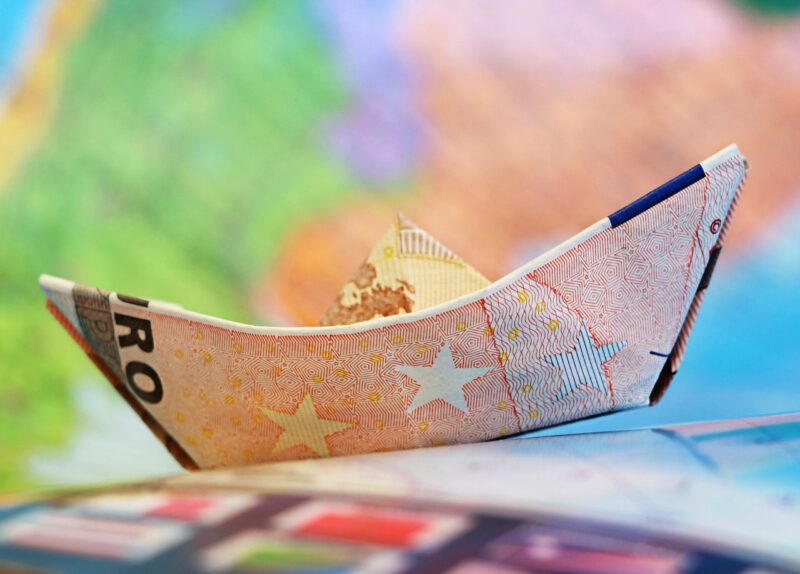
Currency Exchange
Since I don’t like carrying cash, I consulted the internet to find out if I need it, how much I need, and where to get it.
Results were mixed. Apparently the internet is not a be-all know-all source of truth. However, I came to the conclusion that a bit of cash would be helpful. And if we don’t end up needing to use it, I have 19 other countries to spend it in in the future.
You can get Euros at a currency exchange place before leaving your home country, at the airport, or upon arrival in France. Airports generally charge the highest premiums or fees for currency exchange. Exchanging money through your bank may be the best bet if you want to exchange currency.
ATM Access
You can also take Euros out of an ATM when in the country. Depending on the type of bank account you have, this may or may not cost you. Your bank may charge you fees in addition to the ATM fees charged by the French bank. There are different accounts you can get to waive the home country charges but these generally come at a monthly cost.
Most of the major banks in France do not charge ATM withdrawal fees. If you withdraw from a private provider, you will be charged. Also, when taking cash out of an ATM in a foreign country, always decline the ATM conversion fee. Choose to pay in local currency.
You can usually use your credit card worldwide, but there are currency exchange premiums. These are normally about 2.5% above the market exchange rate. To be on the safe side, call your provider ahead of time to let them know when and where you are traveling to. Otherwise, your card may be flagged and transactions declined.
We have a no foreign transaction fee credit card that we use specifically when traveling. It’s served us well the past few years. However, it doesn’t allow free ATM withdrawals.
Because of this, we opened a new account that claims to offer “free” foreign ATM withdrawals at zero monthly cost. This company doesn’t charge fees, but as mentioned, the French bank may charge fees. My internet sleuthing (aka Reddit) was not completely clear on if we will be charged foreign currency premiums. If yes, the premiums are apparently much less than the typical 2.5%. We will let you know how that turns out.
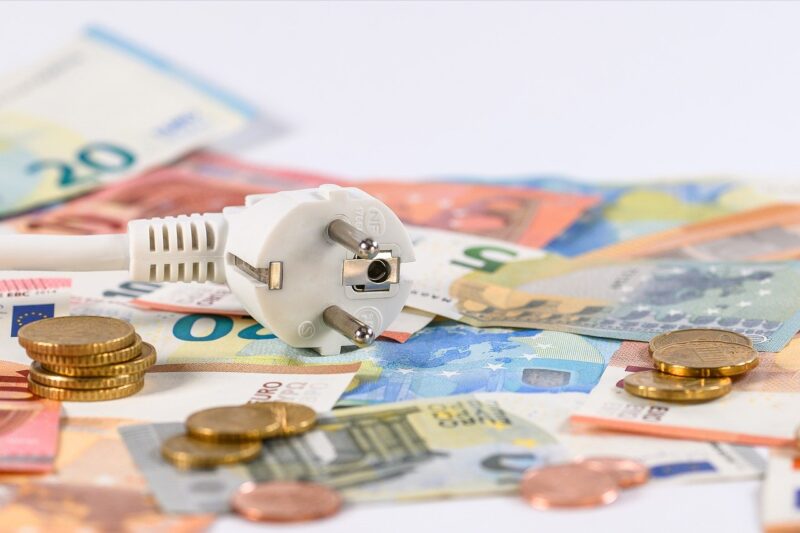
Electrical Outlets
There are few things more annoying than arriving in a new country and realizing you can’t plug anything in or charge any of your devices. Raise your hand if you’ve fallen victim to this before. I have.
Practical information tip for Paris and beyond: always learn the electrical outlets and electricity voltage for your destination.
France uses plug types C and E. For those unfamiliar with the various plug types, these are the round ones with two round pin holes. Plug type E has an additional hole for the socket’s male earthing pin. Whatever that is.
If you are not from a country that uses plug types C and E (most countries in Europe), you need a travel adaptor. The best type adapter to get is Type E, because it works with both grounded and ungrounded devices.
Electricity in France operates on a 230V supply voltage and 50Hz. This is important to know as voltage differs from country to country. You may need a converter or transformer in order for your devices to work or charge properly. Many modern devices have this function built into them.
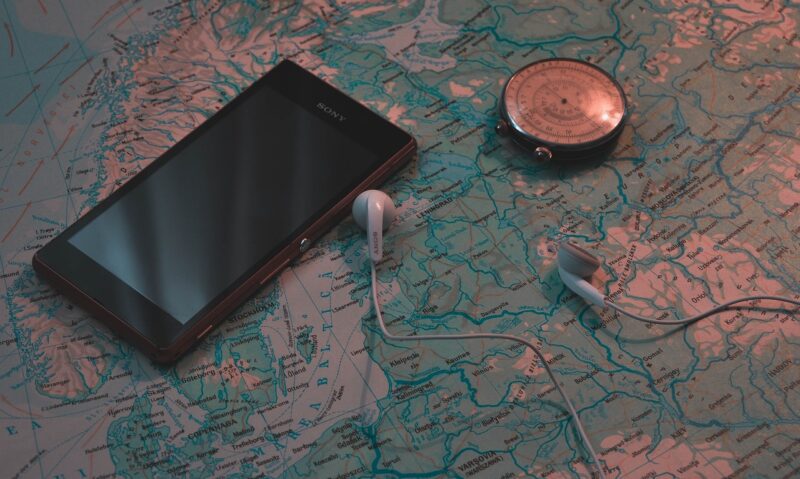
SIM Cards
Back in my travel heyday, I rarely used a SIM card. It wasn’t until we were actually living in Australia and New Zealand that I had one. I was untethered and disconnected throughout Europe, Southeast Asia, South America, and more.
Instead of a SIM card I connected to free Wi-Fi where possible. Connecting to free Wi-Fi is still a completely viable way to travel. There’s only been one time we wished we had a SIM. It was in Brazil, there was no free Wi-Fi whatsoever, and we needed to order an Uber. A very nice stranger let us hotspot off their Wi-Fi.
That was six years ago and times have changed. We enjoy having all the apps to navigate a new city. We like looking up nearby restaurants. Or mapping myself to our next destination. It’s also nice to be able to let friends and family know what we are doing in real time.
Stay Connected
Getting a local SIM card is an added cost that does impact your budget. It’s certainly not a necessity. Many places offer free Wi-Fi. Some cities even have city-wide free Wi-Fi. But if you can afford it, it gives you peace of mind, and you’ll use it, then go for it.
And for us, specifically for this trip, we need it. I need it. I’m in school part-time. School doesn’t stop just because I want to travel. In fact, I will be attending school virtually in the wee hours of the morning. Good for me.
So here we are, looking to buy a SIM card for France.
There are a few options available. Even more so if your phone is compatible with e-sims (ours are not). There are options available for you to buy online ahead of time. You can have a French SIM delivered straight to your door. The most economical option is only available for purchase in France, at a physical store.
We are looking at an Orange Holiday SIM. However, we would prefer the one only available in the country, Free Mobile.
I won’t detail the options here. You can find great practical information for Paris in Traveltomtom’s guide: Buying a Prepaid Sim Card for France in 2024.
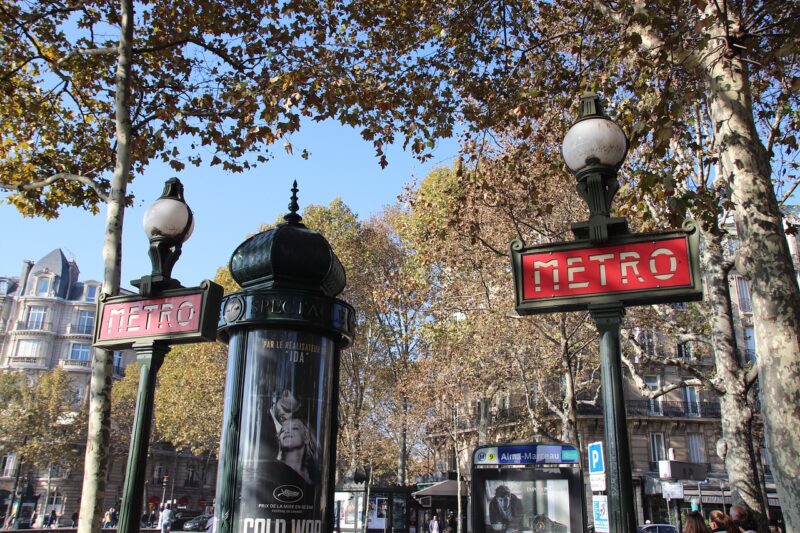
Public Transportation
Another very important piece of practical information essential for Paris is transportation.
We like to get an idea of the public transit situation ahead of time. Find out the best modes. Determine good routes. And look into cost and pass options.
France is said to have a great public transport system. It’s easy to get around by metro, tram, train, bus, and more. There are convenient apps to help you navigate the various systems.
We plan to use the metro or subway. There are over 300 metro stations in Paris with 16 lines. They run from 6:45 a.m. to close to 1 or 2 a.m., depending on the day.
Pass Options
There are different ticket options for the metro. There’s a Paris Visite Pass valid for unlimited travel between zones 1 and 2 for as many days as you want it for. Or a rechargeable Navigo Easy Pass, preloaded with 10 journeys. You can also buy single tickets as needed.
Which option you choose depends on the length of your trip and how often you plan to use the metro. Since we enjoy walking we likely won’t be needing unlimited trips each day. The Navigo Easy Pass is a better option for us. Plus, you save around 27% with the Navigo Easy Pass compared to single tickets.
The tourist office Paris je t’aime has more practical information in Public transport in Paris. And Expactica has a thorough overview of the entire country in French public transportation.
To and From Airport
A slight bee in our budget bonnet, is the airport transportation situation. It’s not bad, it’s just not ideal.
We arrive late in the evening to Orly. There is a tram to a train to a metro to a horse drawn carriage. Or something like that. There may be options with buses instead. The journey takes anywhere from 41 minutes to 1 hour and 45 minutes. It’s a 17km drive.
The budget conscious backpackers in us don’t want to spend inflated prices taking an Uber or a taxi. But unfortunately, some things are bigger than us.
On the bright side, thanks to this practical information essential for Paris guide, we are prepared to spend money on airport transfers.
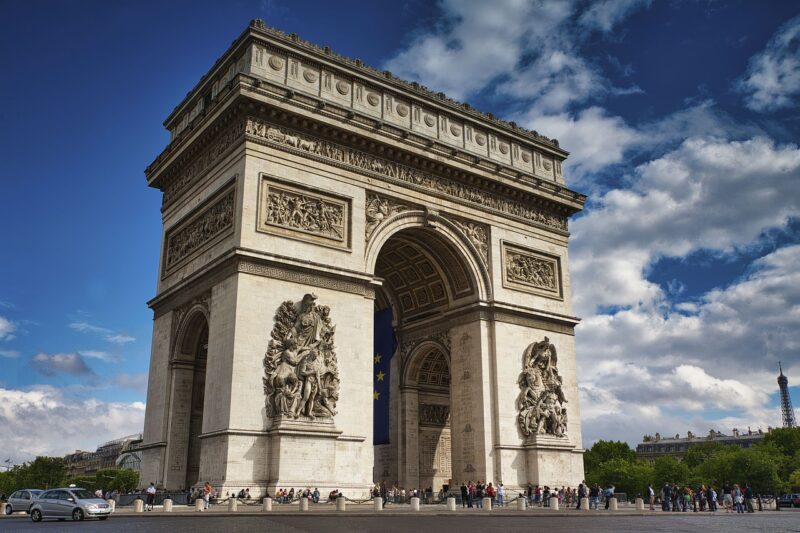
Public Toilets
This is an exciting one for us. Something we struggle with in many places we visit. An essential human function that is not always catered to.
I am pleased to announce that Paris has an excellent free public toilet situation. I couldn’t be happier.
No more buying a pack of gum at a train station to get coins to enter the only toilet within 1km of me. No awkward tip-toeing into cafes to see if they even have a public washroom. Because yes, even some eating and drinking establishments do not have toilets for customers. America, here’s looking at you.
No more racing through shopping malls in the hopes they have a free toilet somewhere. Nope. Not in France. Our lives are going to be easy peasy. I might be more excited for this than I am for croissants.
There are over 400 free public toilets available in Paris. Some of them are even those fancy self-cleaning ones. I hope you are jazzed about this as I am.
Digital Maps
But wait, it gets better. There’s an app! ICI Toilettes provides a map of toilets and includes information such as accessibility or if changing stations are available. The information is verified by ICI toilettes so it’s accurate and up to date
They also have a network of partner merchants who provide free public toilet access without needing to buy anything. This is literally the best news of my day.
Full disclosure: I downloaded the app but can’t actually see any washrooms. I’m not sure if it’s because I’m not yet in France or if the app is glitching. I will provide updates as soon as I know more.
If an app isn’t your thing, there’s an online map: Toilettes publiques à Paris (webmap).
Well done, Paris. Revolutionizing the free public toilet game.

Customs and Traditions
When visiting a foreign country it’s important to learn about and respect their various customs and traditions.
Some of my favorite customs for France are:
- No eating on the go. Sit down and savor your meals.
- The hours of dining may be different to what you are used to. Dinner is typically later in the evening. The exception being more touristy areas.
- Good manners and learning a little bit of French are valued and appreciated.
- Make sure to greet people before starting a conversation.
- Keep it simple but make it fashionable.
- I will talk a bit more about fashion below.
- Slow down and enjoy your time.
If you’ve been to Paris or other parts of France, let me know in the comments section below what your favorite customs and traditions are.
Safety
This applies to every big city, not just Paris. Be mindful of your surroundings. Watch out for pickpockets or scam artists. Don’t keep valuables in sight or even on you if you can avoid it. Be wary of anyone approaching you to sign a petition or buy a bracelet. Keep your wits about you, especially in big crowds.
Some may tell you to try not to look like a tourist, but you are a tourist. And you will look like one. That’s okay. Travel smart and don’t be scared.
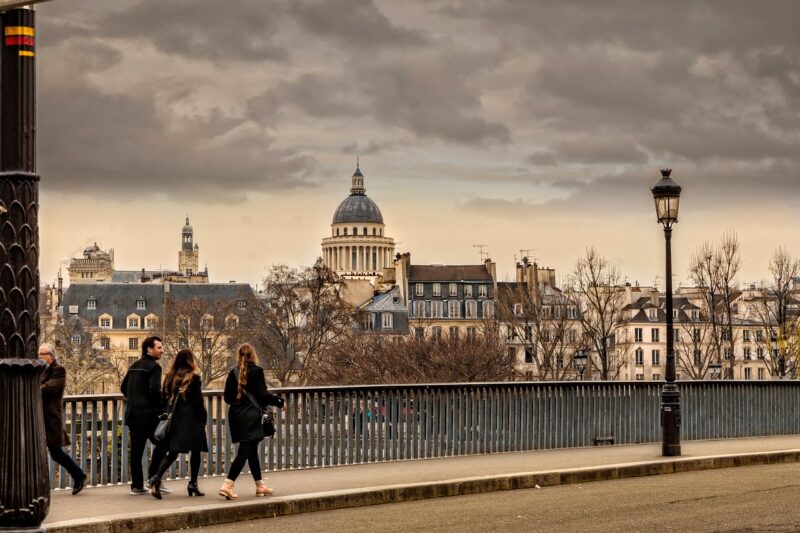
Fashion
This may be the most important piece of practical information essential for Paris. For me at least.
Imagine my disappointment when I learn athleisure is not appropriate in Paris. I have lived in joggers, sweat pants, yoga pants, and the like since 2020. Some days I don’t know if I even know how to wear other clothes.
Unfortunately for me, this is a big fashion faux pas in France. Paris is one of the fashion capitals of the world.
Think simple, classic, and chic. No flashy logos or brand names. Neutrals and maybe a pop of color. Minimalistic accessories and makeup. Fashionable but practical shoes. Absolutely nothing that you would wear to the gym unless you are actually working out.
You want to put effort in without putting too much effort in. Made up but not dolled up. Keep it classy.
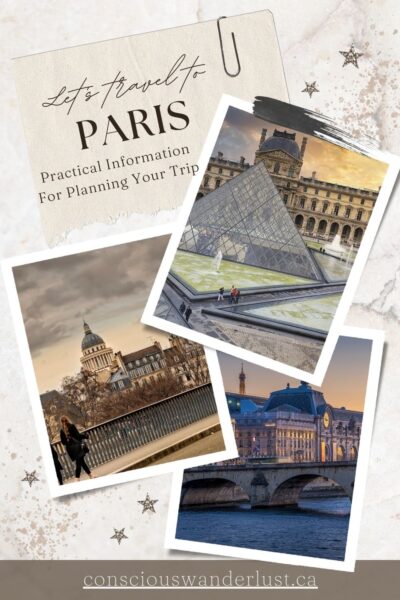

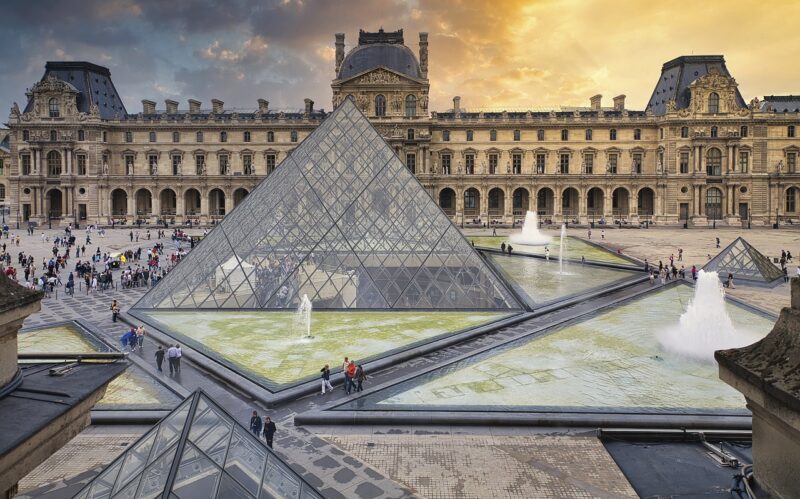
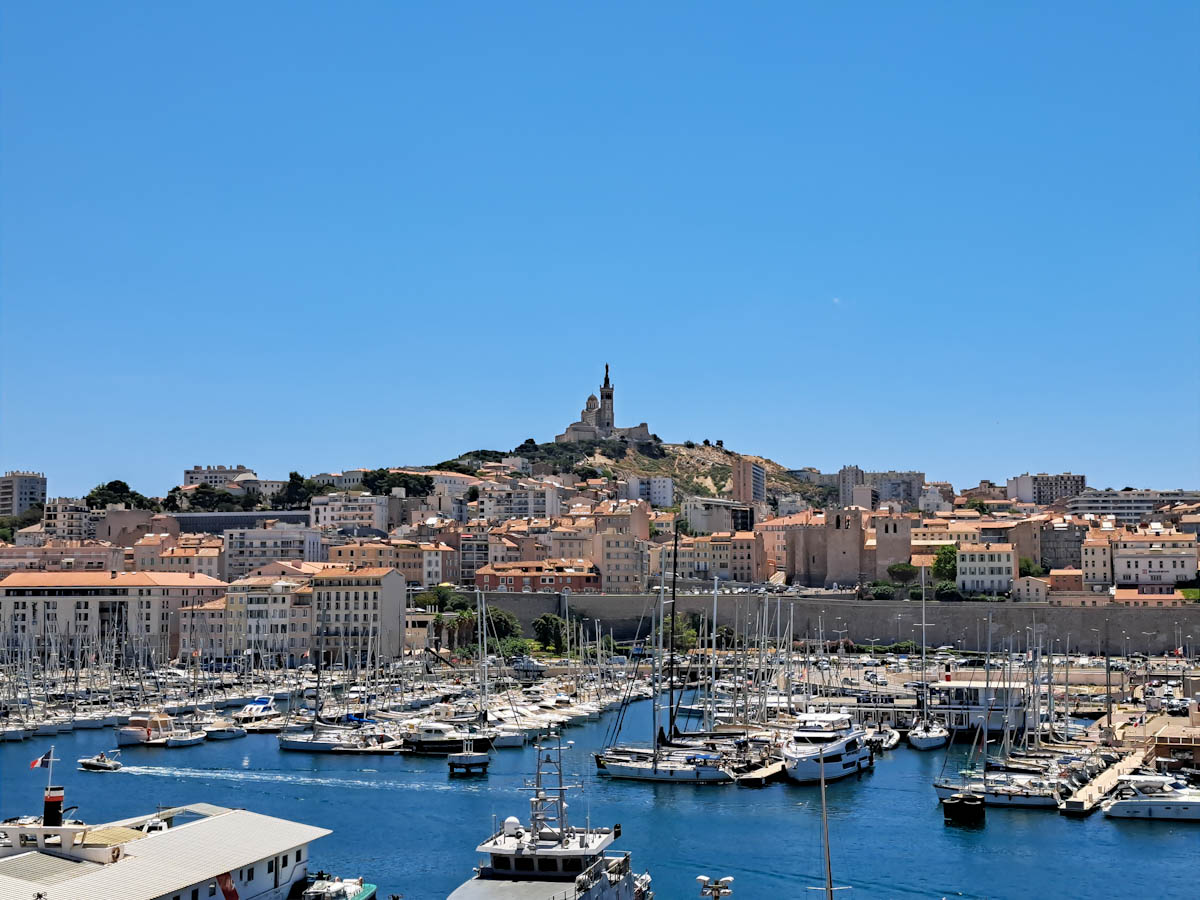
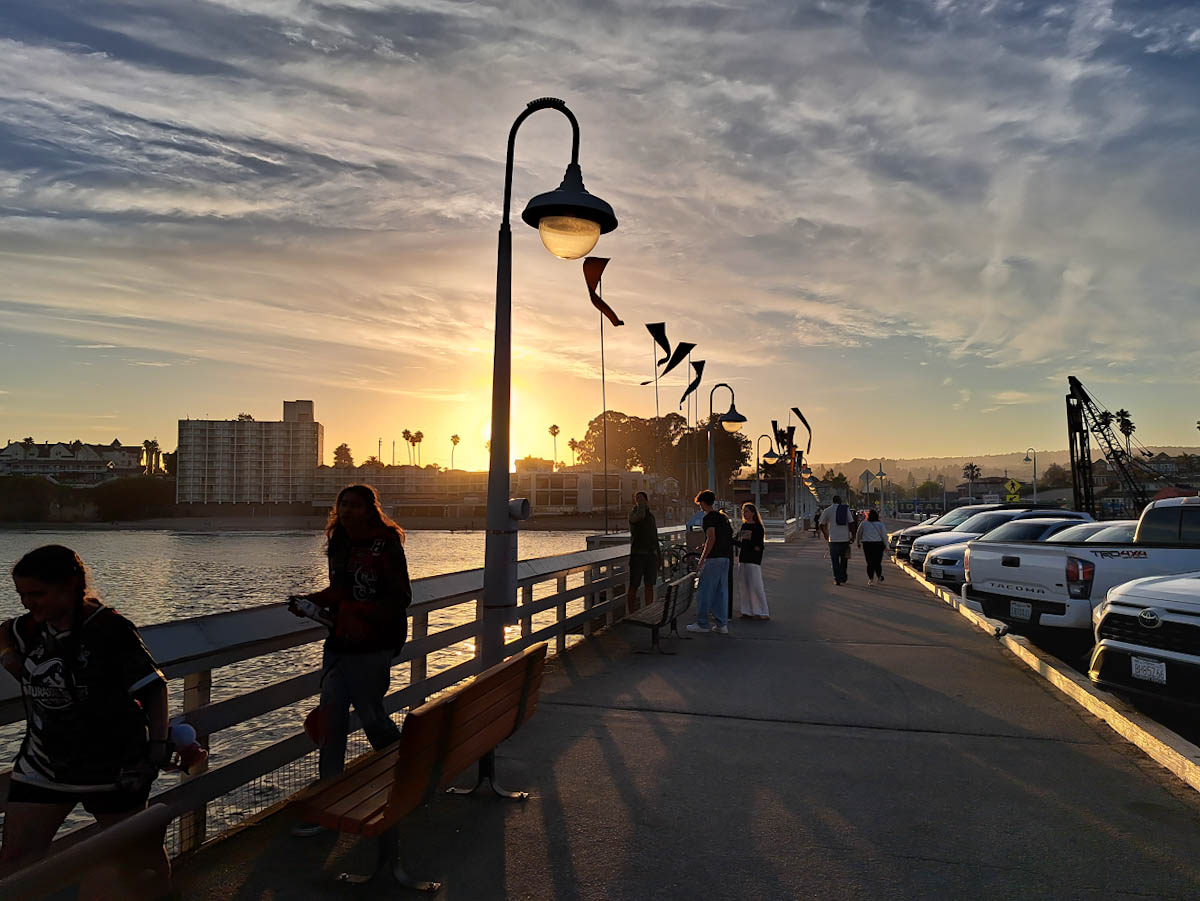
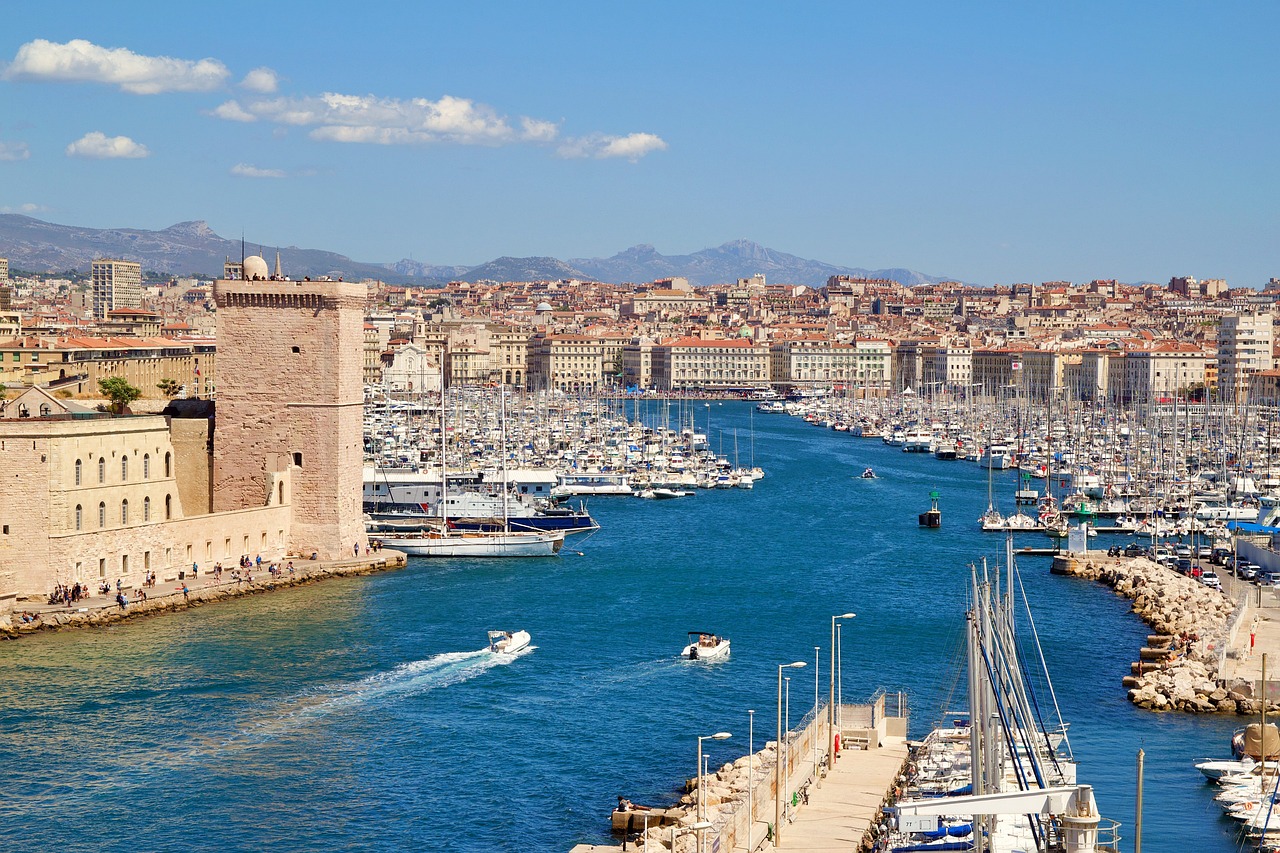

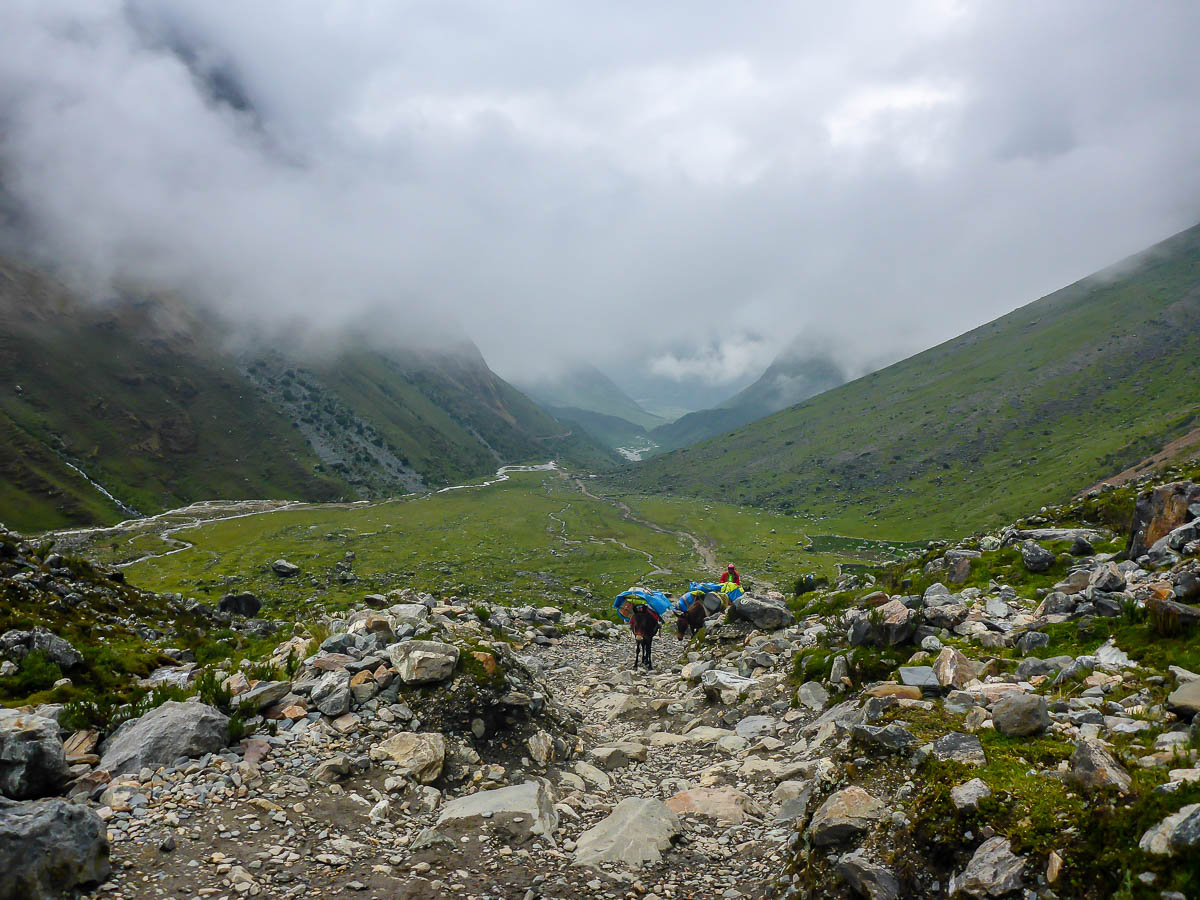

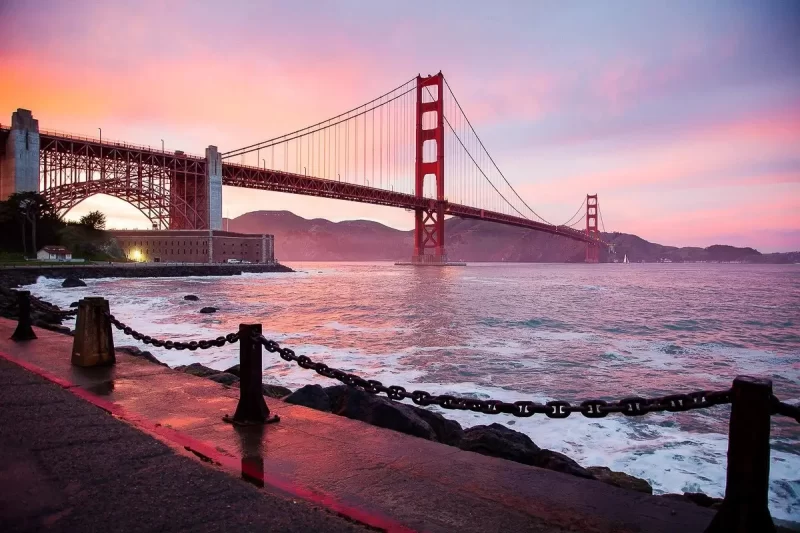
One Response
I do not even know how I ended up here, however I believed this post was great.
I don’t realize who you are but certainly you are going to
a well-known blogger if you aren’t already.
Cheers!